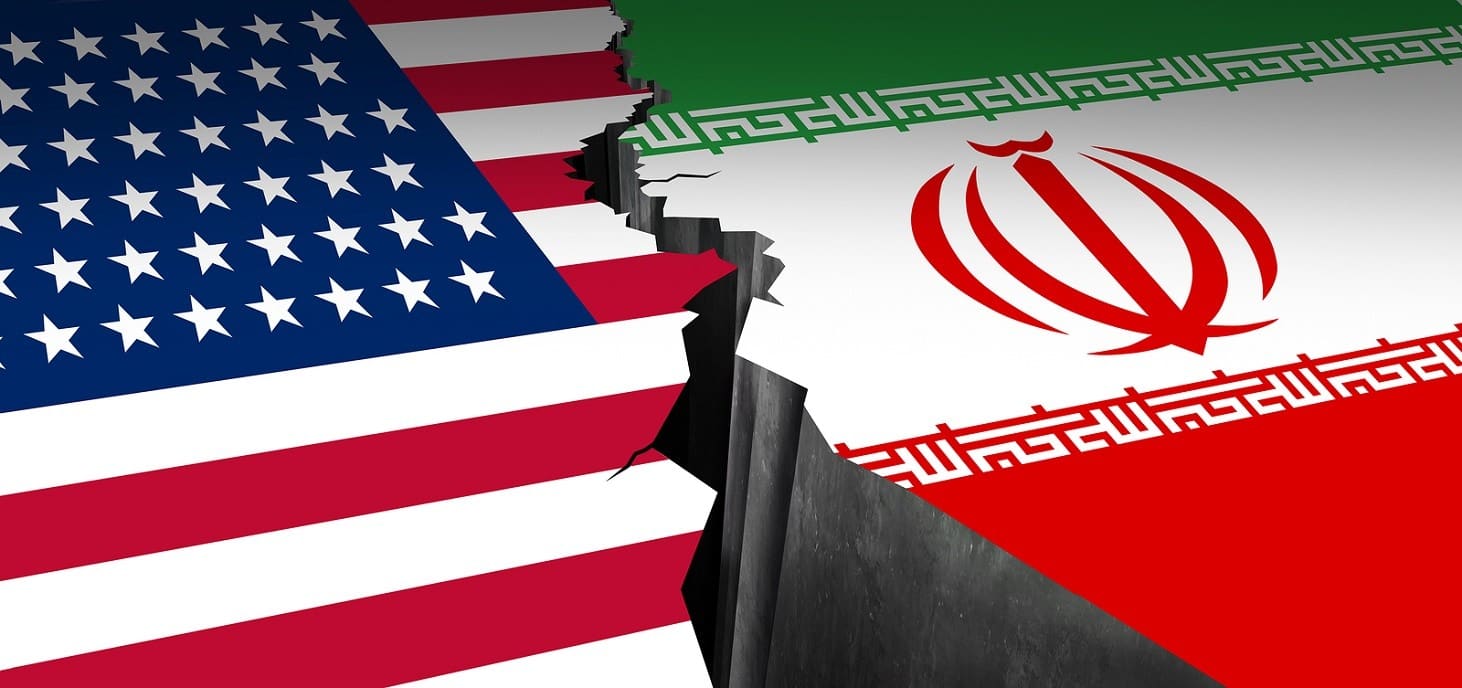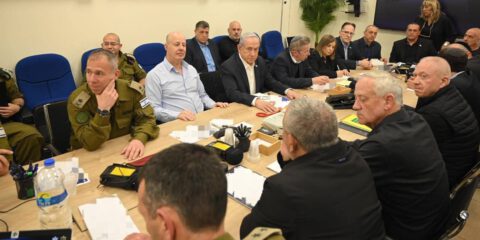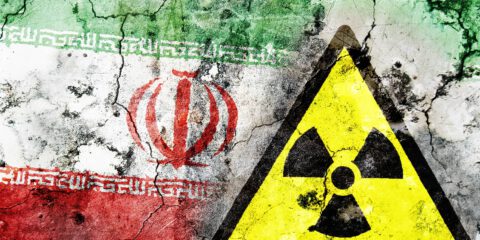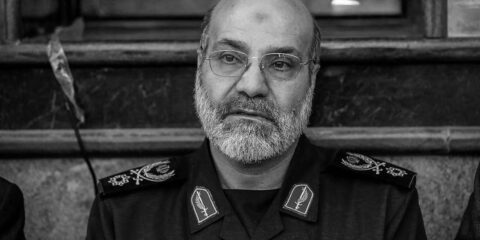Ktaib Hizballah, with its political, military, economic and mafia-like aspects, is the most potent enemy of the US and its allies in Iraq today.
25 fighters of the Iraqi Ktaib Hizballah organization were killed on Sunday night when US F-15E aircraft struck at a number of sites maintained by the organization. The US strikes were in retaliation for the killing of a US contractor and the wounding of four US service personnel in a Ktaib Hizballah rocket attack on Friday.
This is the first counter-strike by US forces on the Iran-aligned Iraqi Shia militias in a decade. It ushers in a new dynamic, in which the war against IS in Iraq looks likely to be overshadowed by a growing confrontation between Iran’s proxies in Iraq and the 5200 strong US military presence in the country.
Ktaib Hizballah is among the best organized and most effective of the Shia militia forces that form the main political and military instrument of Teheran in Iraq. I embedded with the Ktaib in Anbar Province during the IS war, spent time with its fighters and commanders, and interviewed its leader, Abu Mahdi al Muhandis.
Ktaib, which claims to have 30,000 fighters, is an unambiguous Iranian proxy group. It was created by the Revolutionary Guards in 2007, for the purpose of fighting the US presence in the country and advancing the Iranian interest. Its model is the Lebanese Hizballah organization.
Ktaib’s leader, Jamal Jaafar Ibrahimi, (nom de guerre – Abu Mahdi al Muhandis – ‘the Engineer’), is a half-Iranian native of Basra, in Shia southern Iraq. He is wanted by the US for the bombing of the American Embassy in Kuwait in 1983. A Kuwaiti court sentenced him to death for this act in 2007. Some Iraqis refer to him as the country’s de facto prime minister.
Al-Muhandis fought on the Iranian side in the Iran-Iraq war. He then became an adviser to the Qods Force, the external operations wing of the IRGC. He was among the main organizers in the smuggling of the Explosively Formed Projectiles (EFPs) which reaped a heavy toll among US and western troops during the Shia insurgency in Iraq a decade ago.
In his new, overt guise after the US departure in 2011, al-Muhandis played a prominent role in the establishment of the Popular Mobilization Units (PMU), the Shia militia formations who battled ISIS.
As field commander of the PMU, he remained what he has always been: the archetype of the IRGC-affiliated Shia Islamist professional revolutionary. That is, the type of individual who has been the main instrument for the advance of Iran’s power across the Middle East over the last decade.
Even at the height of the IS war, al-Muhandis and his men made no secret of their affiliations, nor of whom they regarded as the real enemy. I met and interviewed him outside the town of Baiji, in the summer of 2015. I asked him about the sources of his movement’s support. ‘We rely,’ he told me bluntly, ‘on capacity and capabilities provided by the Islamic Republic of Iran.’
The Ktaib fighters with whom I embedded in the town of Husseibeh al-Sharqiyeh, east of Ramadi City, were younger, keener and better equipped than both the Iraqi Army soldiers and the representatives of other militias with whom I engaged at the time.
They were also the most vividly anti-American. At the height of the struggle with ISIS, rumors of ISIS-American cooperation were taken as obvious truth in their ranks. ‘I’ve seen it with my own eyes!’ one fighter, his face burned by a recent wound, told me. ‘they parachute aid, weapons and clothing and they drop it to IS.’
Alongside their military activities, Ktaib were engaged in straight criminality. In Baghdad I interviewed Hikmat Guwood, leader of the Albu Nimr Beduin tribe. Guwood had worked with the Americans during the ‘Anbar Awakening’ in the 2006-7 period. Ktaib Hizballah had visited his house, telling him to leave the city or be killed, because of this association. He was making for Erbil in the Kurdish north, to where the Ktaib’s influence did not extend.
It is perhaps most important to stress that throughout this period and today, Ktaib Hizballah was not an underground or fringe organization. In accordance with the system pioneered by the IRGC in Lebanon, it was and is deeply embedded in both the political and security structures of the official Iraqi state.
I witnessed al-Muhandis giving a briefing to security forces outside Baiji. Senior Iraqi Army commanders, such as Major General Juma’a Enad, commander of the Iraqi Security Forces in Salah al-Din Provincea, were present. Al-Muhandis was the acknowledged senior man in the room.
The entwining continues to this day. It may be witnessed in the close involvement of Ktaib and other militias in the bloody, IRGC-organized repression of demonstrations, confirmed and reported extensively by Iraqi journalists on the ground.
Ktaib Hizballah is part of the Fatah alliance, the second largest bloc in the Iraqi parliament and an integral part of the current government. In this framework, Ktaib works in close cooperation with larger and more established pro Iranian groups such as Hadi al Ameri’s Badr Organization.
This militia edifice, with its political, military, economic and mafia-like aspects, is the most potent enemy of the US and its allies in Iraq today.
Abu Mahdi al Muhandis, in a short Arabic language statement to Iraq’s Sumaria TV, promised a ‘harsh response’ to the US strikes. Past experience would suggest he should be taken at his word.
Published in The Wall Street Journal, 31.12.2019
JISS Policy Papers are published through the generosity of the Greg Rosshandler Family.
photo: Bigstock









 - בניית אתרים
- בניית אתרים